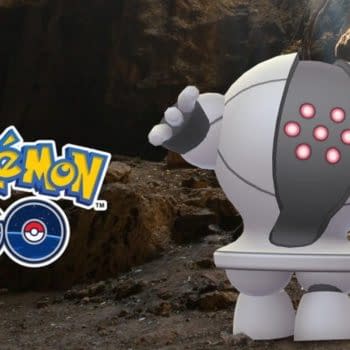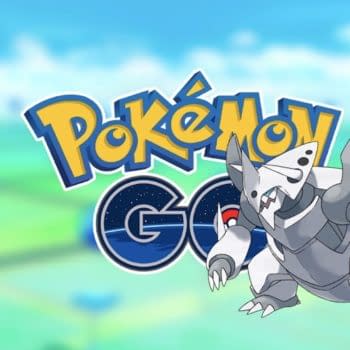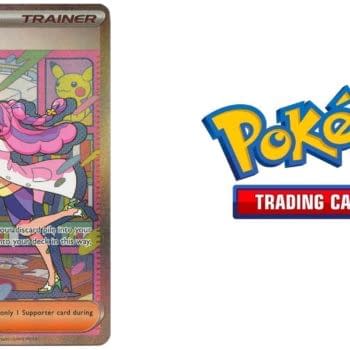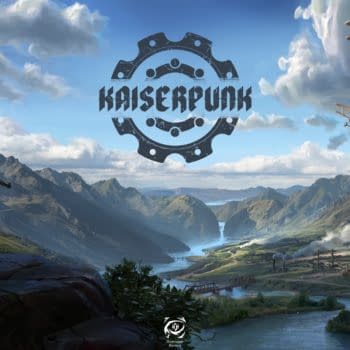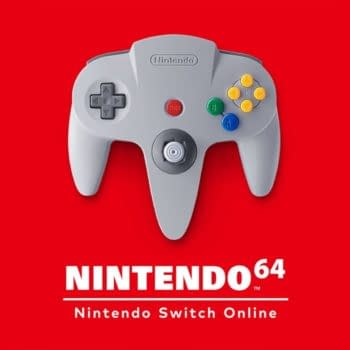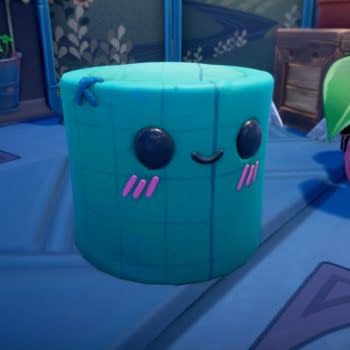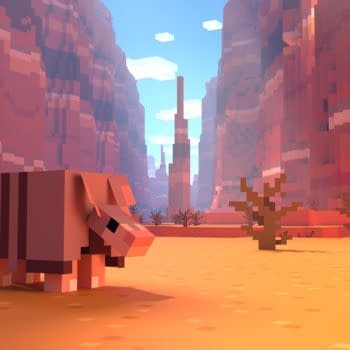Posted in: Bandai Namco, Dragon Ball Z: Kakarot, Games, Video Game Publishers, Video Games | Tagged: dragon ball, Dragon Ball Z, Dragon Ball Z Kakarot, Kakarot, Saiyan Saga
Thoughts On Dragon Ball Z: Kakarot's Saiyan Saga Adaptation
Last month, Dragon Ball Z: Kakarot was released for Nintendo Switch. This semi-open world game puts you in the shoes of Goku, Gohan, and the rest of the Z Warriors for a retelling of the four main Dragon Ball Z sagas: the Saiyan Saga, the Frieza Saga, the Cell Saga, and the Buu Saga. You can look forward to a complete review as well as gameplay guides to Dragon Ball Z: Kakarot but first, let's break down how this game by Bandai NAMCO adapts Akira Toriyama's iconic story. In this first installment, we break down the game's adaptation of the Saiyan Saga.
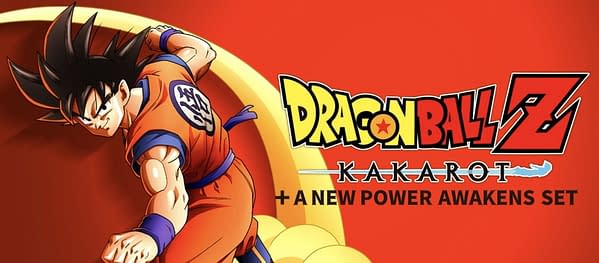
From the opening sequence of the game, Dragon Ball Z: Kakarot shows that it's not just about the battles. The game actually gives more context to Goku and Gohan's life at the start of the Saiyan Saga than the actual anime does. We begin with the father and son duo having an adventure in the forest as Goku collects items (fruit and fish) as bonds with Gohan. There is a genuine sense of the love between the two, as the scene wraps with a tender moment that stuck out to me as Gohan tells his father how nice it was to spend this time together. Knowing what's coming, that sweetness hits pretty hard.
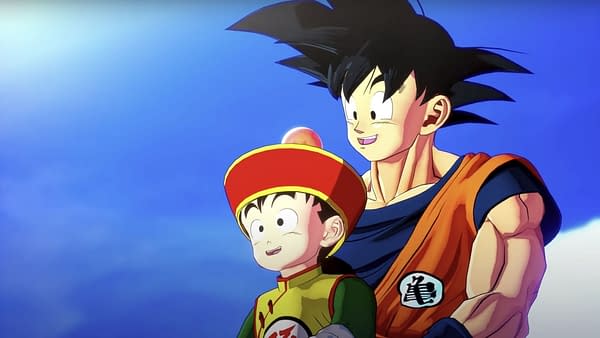
Raditz arrives
Dragon Ball Z: Kakarot lets you pace the slice-of-life and side stories nicely with the main, ongoing saga. You can choose to spend more time doing the open-world activity or you can just play the main beats of the story, which plays out much like the anime. Raditz arrives, kidnaps Gohan, and Goku teams up with Piccolo to take Raditz on. The Goku and Piccolo rivalry is given a great deal of context, as well, with the two having a telepathic fight earlier in the game.
My one critique of this section of the story is that Dragon Ball Z: Kakarot finds a hard time balancing the urgency of the story with the placement of the side stories. On the way to find Gohan, Goku can help Dragon Ball character Nam with a side quest which seems… well, there's a meme about how Goku is a bad father, and that applies for sure to those who do the quests there! Still, I get why they're there and they are fun.
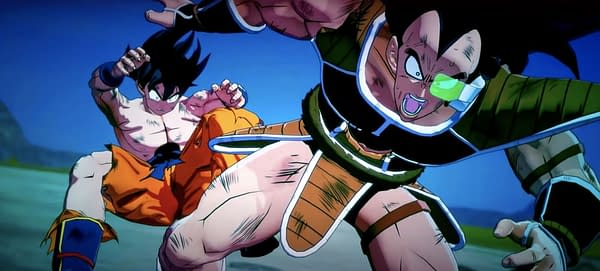
Dragon Ball Z: Kakarot chooses the right moments
The game perfectly picks the moments to use as cut scenes and the moments to have you as the player control the battle. While the resolution of the fight are set, with the Raditz battle ending with Goku dead and Piccolo and Gohan going off to train for the arrival of Vegeta and Nappa, Dragon Ball Z: Kakarot never lets the battles feel as if they are just exercises to get from point A to B.
Dragon Ball Z: Kakarot also picks the right content to entirely skip. While there may have been some fun to exploring Snake Way, the game knows what a DBZ fan cares about: the characters, training, battles, and exploring Toriyama's world. Instead of turning moments that would be tedious into gameplay, the time between the Raditz and Vegeta fights are spent exploring the world. We are Piccolo and we are Gohan as they bond. We even escape as Gohan for a brief while and have a great conversation with Puar, who gets far more time to develop in this game than we ever saw in the anime.
Vegeta arrives
I felt genuine excitement as we got to the climax of the Saiyan Saga with the arrival of Vegeta and Nappa. The story plays out exactly like the anime, with the battles being quite difficult, the cut scenes animated with style, and the animation and gameplay capturing iconic moments that fans will remember. This is everything a Dragon Ball Z: Kakarot fan could hope for.
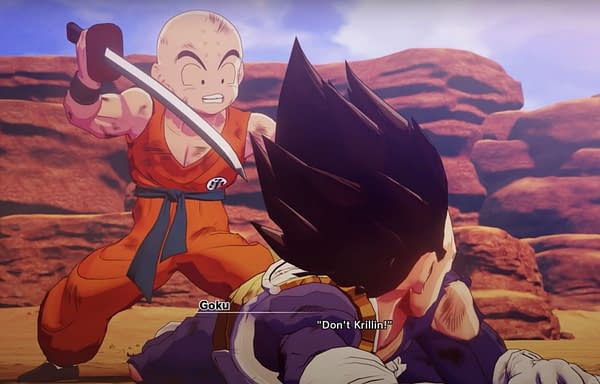
There is a moment toward the end of the Saiyan Saga that is pretty major. Dragon Ball Z: Kakarot decisively shows which Goku it is going to portray, opting for the more original intention of the character's portrayal in the Japanese version and the manga. This is evidenced by Goku's logic in sparing Vegeta. He doesn't ask Krillin to do it for heroic reasons. Instead, he admits to selfishly wanting a rematch. I think that even those who don't like that element should at least find it interesting.
Overall, this was an incredible adaptation of the Saiyan Saga that brings Dragon Ball fans closer to the storyline than what I thought imaginable. It never feels like the destination is set, which is a major feat, and equally major is the game's anime-accurate voice acting, incredible animation, and attention to detail in the supporting characters.


